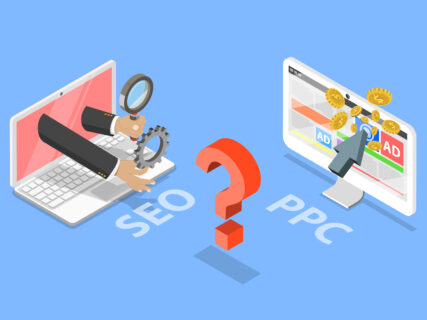
10 mins
OpenSEO vs PPC: The pros, cons, and how they can complement each other in a search campaign
4 mins
PPC and CPC are often used interchangeably in the world of digital marketing, despite being very different concepts. We delve into what they are and how exactly they’re distinct from each other.
24th September 2020
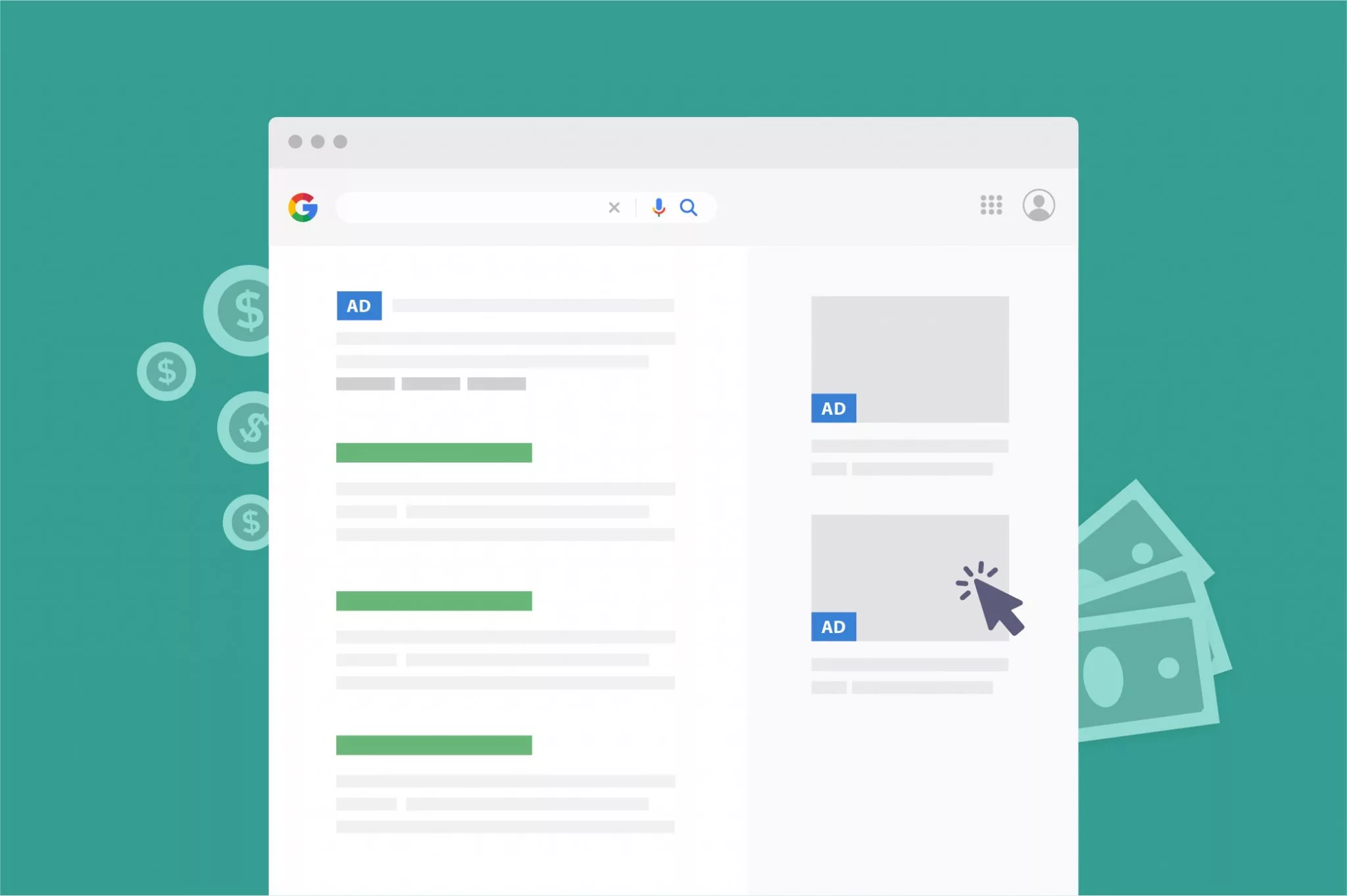
Few industries love acronyms quite like digital marketing, and while they can help speed things up for those in the field, outsiders may find these unfamiliar combinations of letters a little overwhelming. Just as you’ve finally learned the difference between CTR (click-through rate) and CTA (call-to-action), along come PPC and CPC and you’re bamboozled all over again.
But don’t worry! We’re here to clear up the confusion, helping you understand what both terms mean, how they relate to each other and the distinctions between them.
Paid search
The most common form of PPC is paid search — the ads you see displayed at the top of Google SERPs. In terms of appearance, these results have blended in more with organic results over time, although Google still displays the word “ad” next to the URL to indicate it is paid for. So, say you type ‘hot air balloon experience’ into Google, you’ll immediately notice PPC ads above the first organic result, complete with a headline and description:
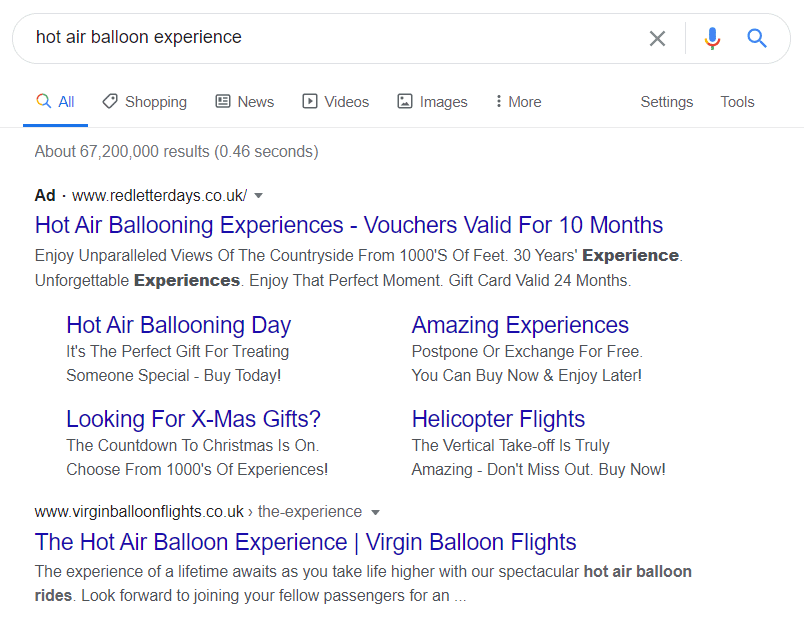 Advertisers bid on specific keywords they want their ad to appear for, so in the above case, Red Letter Days has paid Google to specifically target this ad at users looking for “hot air balloon experience”.
Advertisers bid on specific keywords they want their ad to appear for, so in the above case, Red Letter Days has paid Google to specifically target this ad at users looking for “hot air balloon experience”.
There are two factors which determine which ads will win: how much they have paid for the bid itself, and the quality score, which is impacted by the expected click-through rate, its relevance to the targeted keywords, and the landing page experience, among other factors.
Local service ads
This is an exclusive form of paid search advertising, with local service ads mainly appearing in local search queries which tend to include postcodes, neighbourhoods, or city names. These ads will display a business’s name, website, and phone number, as well as information like rates, hours of operation, and notable factors such as “X years in business”.
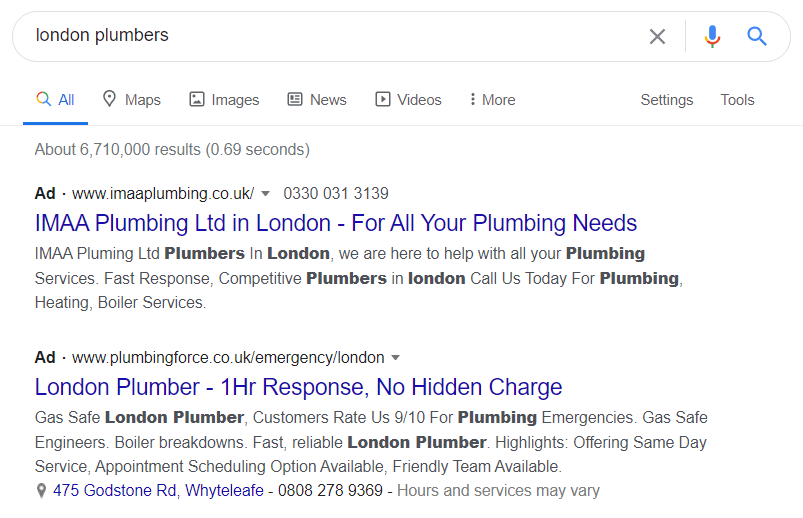
Google Shopping ads
Similar to paid search adverts, Google Shopping ads appear in a carousel format at the top of the SERPs, allowing potential customers to digitally ‘window shop’. Displaying the product name, brand and price before users even click through gives them an instant sneak peek at the items they want, which can increase the chances of them converting.

Social media ads
With so many people using social media, businesses may choose to run social media PPC ads. These are usually placed in user news feeds or timelines, and feature the word ‘sponsored’ to differentiate them from standard posts, like this Facebook advert:
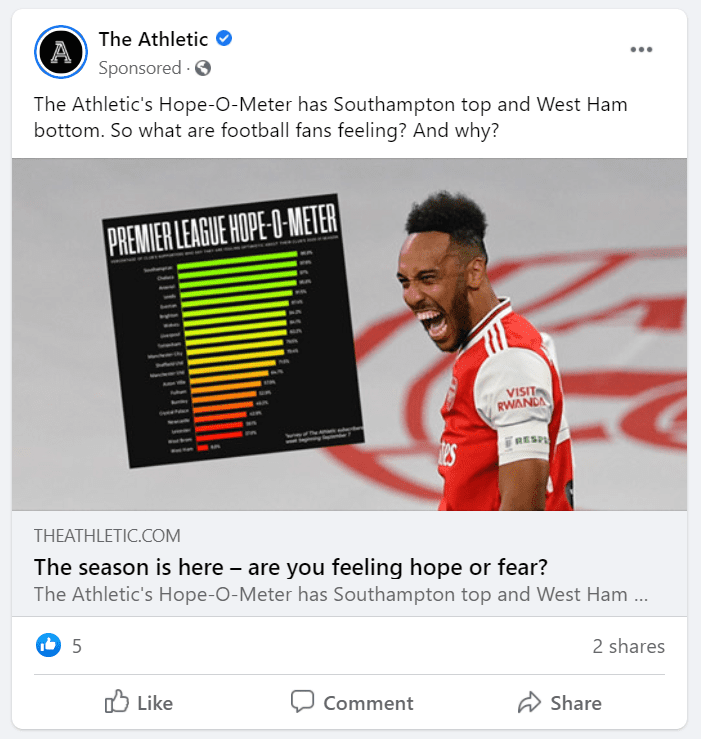
Social media ads can be targeted at specific groups, based on their demographics, topic interests or other relevant data gathered by the platforms. This advanced level of targeting makes social media PPC advertising incredibly popular. It has also become a lot more varied in recent times — promoted tweets, Instagram stories and Facebook Messenger ads are a few ways social media can be harnessed.
Display advertising
Display advertising aims to persuade a user on another website to click through to the company’s platform and take action, usually by making a purchase. These are more akin to traditional adverts in text-based, image or video formats, making them arguably more enticing than paid search ads. Some of the main types include:
Remarketing ads
A remarketed ad enables businesses to re-engage their audience by showing them adverts for products or services they’ve previously viewed, in order to generate conversions. These can be in any of the formats listed above.
While PPC and SEO (search engine optimisation) are both forms of search engine marketing, there are two main differences between them. The first is that PPC ads appear at the top of SERPs, whereas SEO impacts the organic listings. The second is that traffic from organic searches via SEO is free, while traffic from PPC has to be paid for.
However, despite these key differences, combining PPC and SEO has many advantages and we usually offer PPC as part of a broader search marketing strategy. Some of the main benefits include:
Traffic from two different approaches.
The ability to test a keyword strategy through PPC before committing to a long-term SEO campaign. If nobody clicks on PPC ads for a particular keyword, that can often mean it isn’t one to use for SEO purposes.
The integration of high-performing PPC descriptions into your site’s metadata — the part of the meta tag describing a page’s content. When well-written, meta descriptions can encourage users to click through.
CPC stands for cost-per-click, which is the amount paid for each click on a PPC ad. To work out a PPC advert’s CPC, simply look at the total cost (called the actual CPC) and divide this figure by the number of clicks. So, say you decided to stop running an advert once it earned 500 clicks, and you ended up paying £200 for it overall, your CPC would be £2.50.
While you can set your own maximum CPC bid and pay as little as you like, the going rate may be higher for certain types of adverts. For instance, more competitive industries and those with more expensive products or services usually have a greater CPC. There is typically an option to set daily, weekly or campaign budgets, and the ads will simply stop running once you reach this threshold ensuring that you don’t spend beyond your means.
CPC is important as, alongside the quality of traffic brought in (i.e. conversions), it helps illustrate the ROI of a PPC campaign. Affordable traffic bringing monetary value to a company is the aim of the game. CPC can help you to weigh up how expensive it is to target a particular keyword against the relative benefit of earning those clicks. This enables you to work out what the profit margins of PPC are compared with other methods of advertising, which helps you to decide which strategy is right for your business.
All in all, PPC is a catch-all term for the marketing approach as a whole, and CPC is the performance metric used for it. It’s as simple as that! PPC and CPC are simply two sides of the same coin, both distinct concepts, but inextricably connected to one another.